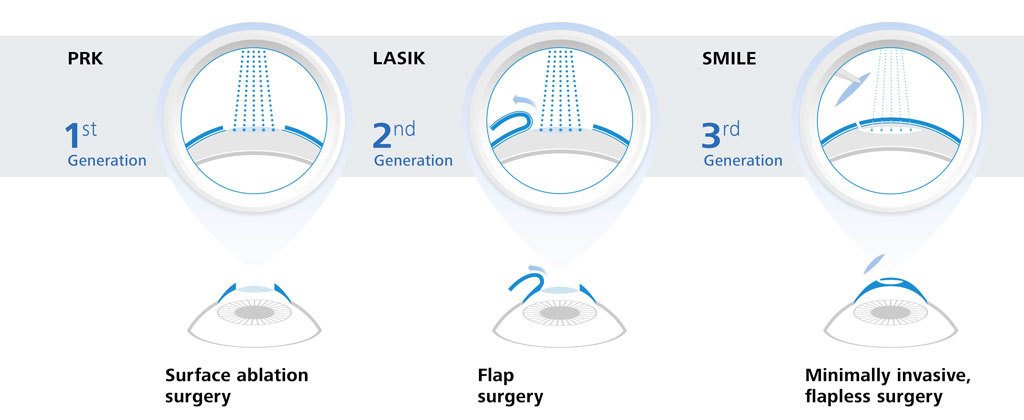As a cataract doctor, your day starts with a comprehensive eye evaluation, where you analyze clients' vision and lens clarity. You recognize how critical it is to recognize cataracts properly. When diagnosed, you prepare for surgical treatment, guaranteeing every detail is made up. But cataract surgery one eye only doesn't end there. The real journey unravels in the operating room, where precision is key. What occurs next might define a patient's aesthetic future.
The Diagnostic Refine: Identifying Cataracts
When it involves detecting cataracts, quality is vital. You'll start with a comprehensive eye exam, where you'll evaluate visual acuity and look for any kind of indicators of cloudiness in the lens.
Throughout this process, you'll make use of specific tools, such as a slit lamp, to get a detailed view of the eye's structure. You'll likewise execute a dilated eye exam to assess the lens and retina more thoroughly.
Gathering view it is crucial, as it assists determine risk factors like age, diabetes mellitus, or previous eye injuries.
After evaluating the outcomes, you'll identify the visibility and severity of cataracts. This thorough approach guarantees you give the most effective recommendations for treatment, establishing the stage for the following action in their care.
The Surgical Procedure: Accuracy in Action
After identifying cataracts and discussing treatment choices, you get ready for the surgical procedure, where precision is paramount.
You get in the operating room, donning sterilized handwear covers and a mask. The individual relaxes comfortably under brilliant lights, ready for the change.
You start by carrying out regional anesthetic, ensuring they really feel no pain. With a constant hand, you make a tiny laceration in the cornea, utilizing innovative methods to eliminate the over cast lens.
You thoroughly insert the artificial intraocular lens, aligning it flawlessly for ideal vision. Throughout the procedure, you keep an eye on vitals and adjust as needed, preserving concentrate on the job.
In simply a short time, you'll have restored your patient's view, a gratifying outcome for both of you.
Post-Operative Care: Ensuring Optimum Recuperation
As soon as the surgery is full, your function changes to ensuring the individual's smooth recuperation.
You'll begin by providing clear post-operative directions, worrying the relevance of wearing the eye guard and taking proposed drugs. Advise them to stay clear of rubbing their eyes and engaging in difficult tasks.
Schedule a follow-up consultation within a couple of days to keep track of recovery and resolve any kind of issues. Motivate clients to report any kind of signs of infection, such as increased inflammation or discharge.
Additionally, discuss the importance of using artificial splits to alleviate dry skin. Assistance their psychological well-being by comforting them that visual enhancements may require time.
Verdict
In a cataract doctor's day, you witness the journey from medical diagnosis to recuperation. You see the accuracy in surgery and the treatment taken post-operation to ensure your optimum recovery. With this experience, you acquire clarity not simply in vision, but in understanding the whole process. The count on developed between you and your surgeon is vital, leading the way for a smoother recovery. With the appropriate support, you're on your way to taking pleasure in a brighter, clearer world.
